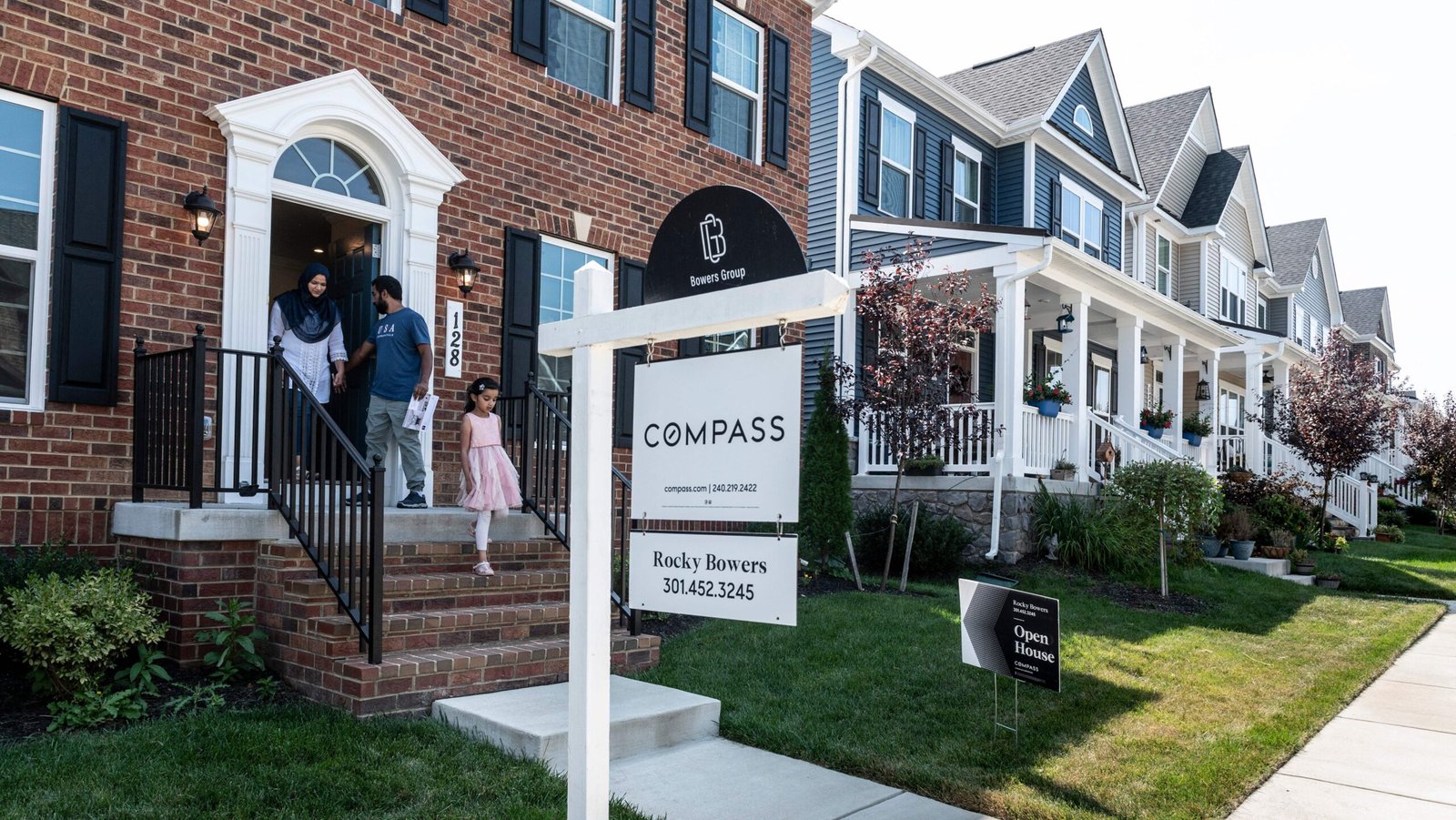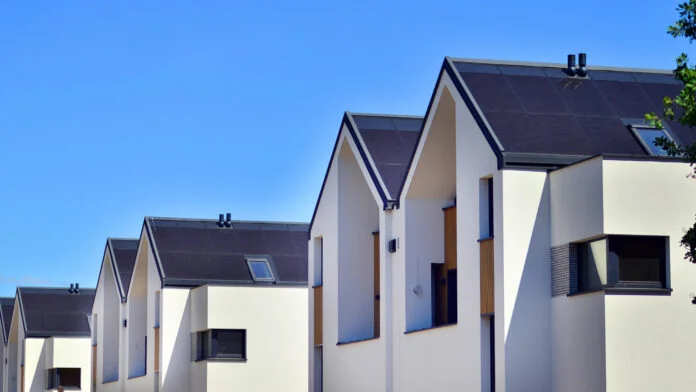Staff Reporter
The homeownership rate in the United States has dipped to 65.1 percent in the first quarter of this year, down 0.6 percentage points from the previous quarter, according to the U.S. Census Bureau’s statement on April 28.
“This rate is the lowest we’ve seen since the fourth quarter of 2019,” noted Realtor in its April 28 report. The homeownership rate surged in early 2020 but settled in the mid-65% to 66% range throughout the pandemic and the years that followed.
Realtor attributed the decline to a shortage of affordable housing. “While inventory levels are increasing annually, the number of homes for sale remains below pre-pandemic figures, keeping upward pressure on prices and limiting options for many households,” the report stated.
The homeowner vacancy rate, which measures the proportion of vacant properties for sale, was 1.1 percent higher than in the first quarter of 2024 but unchanged from the fourth quarter of 2024.
This rate was notably higher in urban areas compared to the suburbs, with the lowest vacancies in the Northwest and the highest in the West.
From the first quarter of 2022 to the third quarter of 2024, vacancy rates stayed below 1 percent, underscoring “the lack of for-sale inventory,” according to Realtor.
Although recent inventory gains have pushed vacancy rates higher, they still remain lower than pre-pandemic levels, indicating that the market has more ground to cover.
Overall, about 89.5 percent of housing units in the U.S. were occupied in the first quarter of this year, whether by homeowners or renters.
In a report from February 10, JP Morgan noted that lower vacancy rates suggest potential supply constraints. “Vacancies show that there are homes available, but they may not be the right type, in an ideal location, or at an affordable price,” the report stated, adding that elevated interest rates have “seriously suppressed” housing market demand.
The average rate for a 30-year fixed mortgage has stayed above 6.5 percent throughout the first quarter, according to Freddie Mac data. These high rates increase mortgage payments, deterring potential buyers looking for affordable homes.
John Sim, head of securitized products research at JP Morgan, stated that the housing market won’t change until mortgage rates drop closer to 5 percent or lower. “We don’t expect rates to fall below 6 percent in 2025—they should only ease slightly to 6.7 percent by the end of the year,” he said.
Easing Housing Conditions
There are signs that housing costs may be stabilizing as home prices decline. Over the four weeks ending April 20, the median sales price of homes decreased year-over-year in 11 of the 50 largest metro areas, according to a statement from real estate brokerage Redfin on April 24.
“Home prices are falling in many major markets, and national price growth is slowing, as many prospective buyers are stepping back, while the number of homes for sale remains steady,” Redfin noted.
“Home tours are decreasing, mortgage-purchase applications are down, and agents report that potential buyers are extremely cautious due to high housing costs and economic uncertainty.”
Chen Zhao, Redfin’s economic research lead, advised sellers to price their homes “fairly” and may need to lower asking prices to sell quickly and avoid concessions.
Regarding mortgage rates, Sam Khater, chief economist at Freddie Mac, highlighted that the 30-year fixed-rate mortgage has fluctuated by less than 20 basis points in recent months, which is “positive for both buyers and sellers.”
In legislative news, a bipartisan group of lawmakers has reintroduced the Rural Housing Service Reform Act, aiming to enhance affordable housing supply in rural areas and small towns, according to a statement from Senator Tina Smith (D-Minn.) on April 3.
The Act proposes several key measures, including expediting the loan approval process through the Department of Agriculture and updating home repair loan programs to reduce burdens on obtaining smaller loans.
“Improving homeownership opportunities, especially in rural areas, is vital for South Dakota families,” said Senator Mike Rounds (R-S.D.), one of the bill’s sponsors.
He added that the Act “would streamline federal programs and remove barriers to homeownership, making this dream more attainable for many South Dakotans while preserving existing affordable housing and rental assistance.”


